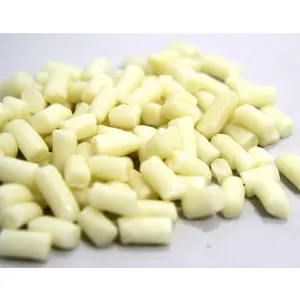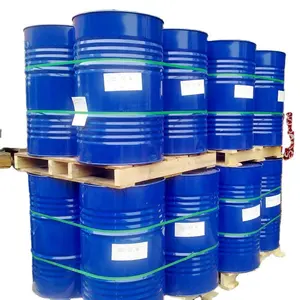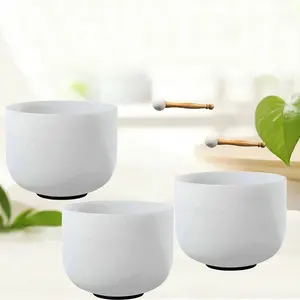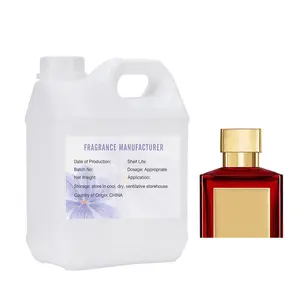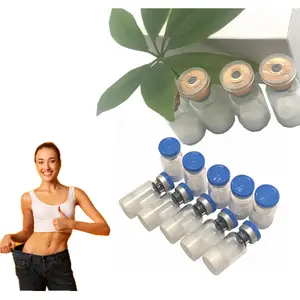Popular in your industry

































































Top categories
About cold melt adhesive
Understanding Cold Melt Adhesive
Cold melt adhesive, a versatile bonding solution, is essential in various commercial applications. Unlike traditional hot melt adhesives, cold hot glue does not require high temperatures for application, making it a safer and often more convenient option for many industries.
Composition and Types
The composition of cold melt glue typically involves a blend of synthetic rubbers and resins, ensuring flexibility and strength. These adhesives are available in different formulations, each designed to meet specific bonding requirements, such as nordson cold glue systems known for their precision dispensing in industrial environments.
Applications Across Industries
The use of cold melt adhesive spans across various sectors. In the manufacturing industry, it's used for assembling parts that are sensitive to heat. The garment industry utilizes these adhesives for fabric bonding without damaging delicate materials. Additionally, valco melton cold glue parts are integral in packaging and woodworking, providing reliable adhesion without the need for heat.
Features and Advantages
Cool glue technologies offer enhanced safety due to their low application temperatures. They are also known for their excellent weather resistance and UV protection, making them suitable for outdoor applications. The hydrolysis resistance of these adhesives ensures long-term durability, even in moist conditions.
Material Safety and Efficacy
The materials used in cold melt adhesive formulations are selected for their safety and bonding efficacy. These adhesives maintain their hold effectively, making them a reliable choice for critical applications where precision is paramount.
Environmental Considerations
Environmental impact is a significant consideration in the selection of adhesives. Cold melt adhesive options provide a greener alternative due to their lower energy requirements during application and absence of volatile organic compounds (VOCs).
